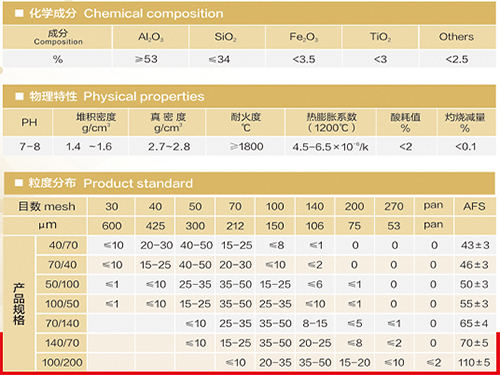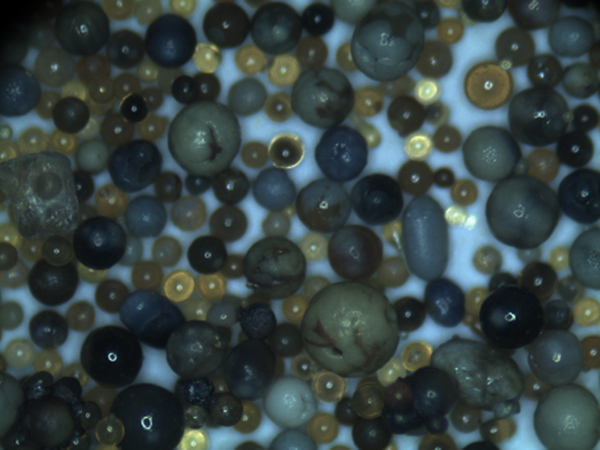

Despite the higher cost compared to sand casting, investment casting justifies its expense with superior quality and minimal post-processing. It excels in applications where surface detail and tight tolerances are critical, such as in aerospace, medical devices, and high-performance automotive parts. The choice of materials in investment casting is broader, allowing for the use of superalloys and heat-resistant metals. This makes it a preferred method for components exposed to extreme environments and high-stress conditions. In terms of production volume, sand casting is more suited to low-to-medium quantities, whereas investment casting is advantageous for medium-to-high volume production runs, especially when precision is a necessity. The decision between sand casting and investment casting not only depends on the desired properties of the final product but also on the project's budget and timeline. For large, less complex parts where cost savings are essential, sand casting might be the better option. On the other hand, for intricate parts that demand precision and high-quality finishes, investment casting stands as the superior method. In conclusion, both sand casting and investment casting embody distinct qualities tailored to different industrial needs. Sand casting shines in its affordability and versatility for larger, simpler parts, while investment casting boasts precision and superior surface finish for intricate applications. A thorough understanding of these processes, along with an evaluation of project requirements, will guide you in selecting the most appropriate casting method. Through expertise, experience, and an authoritative perspective, you can ensure the reliability and success of your manufacturing endeavors. Post time:Ene . 14, 2025 10:37
Next:difference between sand casting and die casting
